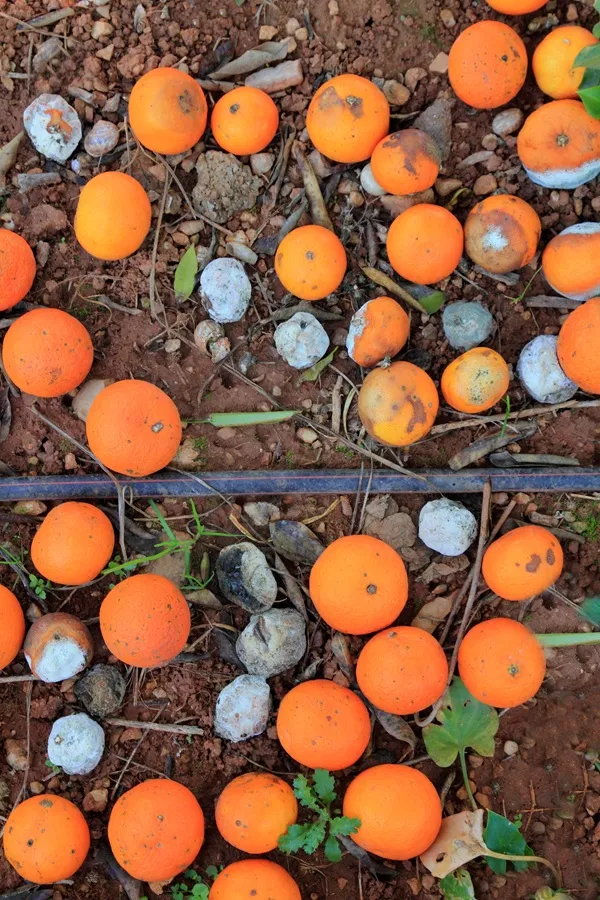Table of Contents
1. Overview
Shrimps are decapod crustaceans, prized globally for their delicate flavor and versatility. They inhabit marine and freshwater ecosystems and play a vital role in aquaculture and fisheries. This guide explores their varieties, economics, culinary uses, and farming practices.
2. Global Varieties
- Whiteleg Shrimp (Litopenaeus vannamei): Dominates 80% of global aquaculture; farmed in Asia and Latin America.
- Black Tiger Shrimp (Penaeus monodon): Larger, striped; popular in Southeast Asia.
- Coldwater Shrimp (Pandalus borealis): Smaller, sweet; from North Atlantic/Arctic.
- Kuruma Prawn (Marsupenaeus japonicus): High-value sushi staple in Japan.
- Freshwater Prawns (Macrobrachium rosenbergii): Farmed in Asia; meaty texture.
3. Price Factors
- Wild-Caught vs. Farmed: Wild shrimp (e.g., spot prawns) command premium prices ($12–$50/kg). Farmed shrimp (e.g., vannamei) cost $8–$20/kg.
- Size & Grade: Larger sizes (U10 or “jumbo”) cost more.
- Sustainability Certifications: MSC-certified products are 10–20% pricier.
4. Physical Traits
- Colors: Ranges from translucent (raw) to pink/red (cooked). Varieties like Blue Shrimp (Litopenaeus stylirostris) have striking hues.
- Smell: Fresh shrimp smell briny; spoiled ones emit ammonia.
5. Flavor & Culinary Uses
- Taste: Sweet, briny, with tender or firm texture depending on species.
- Cooking Methods:
- Raw: Sushi/sashimi (use only sashimi-grade, flash-frozen).
- Grilled: Skewered with garlic butter.
- Curries: Thai tom yum, Indian prawn masala.
- Fried: Tempura, popcorn shrimp.
- Soups/Stews: Cajun gumbo, Spanish gambas al ajillo.
6. Nutrition & Health Benefits
- Macronutrients: High protein (24g/100g), low fat, zero carbs.
- Vitamins/Minerals: B12, selenium, iodine, omega-3s.
- Health Benefits: Supports heart health, thyroid function, and cognitive performance.
7. Cultivation & Capture
- Farming:
- Pond Systems: Common in Thailand, India, and Ecuador.
- Offshore Cages: Emerging in Indonesia and Norway.
- Biofloc Technology: Reduces water waste; boosts yield.
- Wild Capture: Trawling in coastal zones (e.g., Gulf of Mexico, North Sea).
8. Byproducts
- Shells: Processed into chitin (used in biodegradable plastics) and fishmeal.
- Heads/Veins: Fermented into shrimp paste (Asian cuisine).
9. Processing & Storage
- Canning: Cooked in brine or sauces; shelf-stable for 2–3 years.
- Freezing: Blanched or raw; store at -18°C for 6–12 months.
- Fresh Storage: Keep on ice (0–4°C) for up to 3 days.
10. Major Producers & Trade
- Top Producers: India, Ecuador, China, Vietnam, Indonesia.
- Exporters: Ecuador (largest), India, Thailand.
- Importers: USA, EU, Japan, China.
11. Climate Conditions for Farming
- Temperature: 25–30°C (tropical species); 10–15°C (coldwater species).
- Salinity: 15–25 ppt for marine shrimp; freshwater prawns tolerate 0–5 ppt.
12. Diseases & Risks
- White Spot Syndrome Virus (WSSV): Devastates farms; strict biosecurity needed.
- Early Mortality Syndrome (EMS): Linked to poor pond management.
13. Return on Investment (ROI)
- Farming Costs: $10,000–$20,000/hectare (feed, larvae, labor).
- Profit Margins: 20–30% with optimal yield; ROI in 2–3 cycles (12–18 months).
14. Quick Recipes
- Garlic Butter Shrimp: Sauté shrimp in butter, garlic, lemon, and parsley (10 mins).
- Thai Coconut Curry: Simmer shrimp in coconut milk, red curry paste, and veggies.
- Shrimp Tacos: Grill with chili powder; serve in tortillas with slaw and lime.
15. Sustainability Challenges
- Overfishing of wild stocks.
- Mangrove destruction for pond farming.
- Shift toward recirculating aquaculture systems (RAS) to reduce environmental impact.
16. Conclusion
Shrimps are a culinary and economic powerhouse, with demand driven by their nutritional value and versatility. Sustainable practices and disease management are critical to ensuring long-term viability in global markets.
References: FAO aquaculture reports, Global Seafood Alliance, peer-reviewed journals on marine biology.
This guide serves chefs, investors, and eco-conscious consumers, offering insights into shrimp’s role in global food systems.









